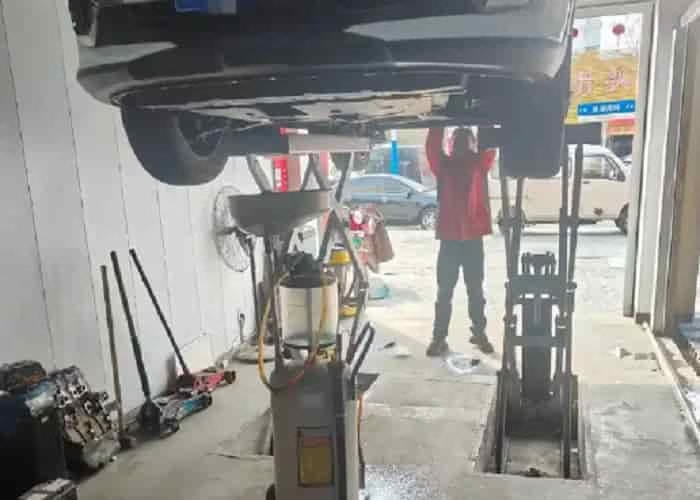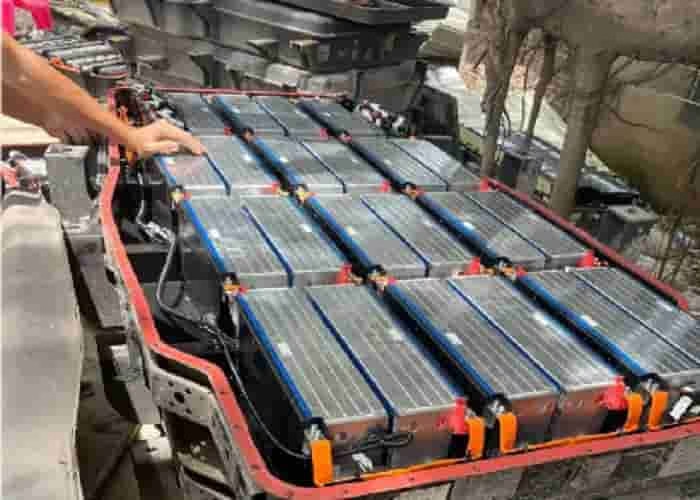Against the backdrop of global energy transformation and rising environmental awareness, Central Asia, a vast land spanning the ancient Silk Road, is becoming the next strategic location for the global new energy vehicle industry. With both the strong policy dividend and the realistic bottleneck of infrastructure, how can Chinese automakers break through opportunities and challenges?
I. Opportunities: A golden window created by policy dividends and energy transformation
(1) Intensive environmental policy increases
Central Asian countries are promoting green transformation with unprecedented force: Uzbekistan exempts imported electric vehicles from tariffs, consumption taxes and transportation taxes, and Tajikistan simultaneously implements a zero tariff policy. The Ukrainian government has also stipulated that new commercial centers, hotels and other places must be equipped with charging piles from 2024, otherwise they will not be approved. This “policy lever” directly stimulates market demand – Uzbekistan’s new energy vehicle sales will surge 4.3 times in 2023.
(2) The rigid demand for energy structure adjustment
Although Central Asia is rich in oil and gas resources, the problem of a single energy structure is prominent. Kazakhstan plans to increase the proportion of new energy to 50% by 2030, while Uzbekistan uses the “photovoltaic + energy storage” model to power charging piles and promote energy self-sufficiency. As a key carrier of energy transformation, new energy vehicles can not only alleviate oil dependence, but also feed back to the power grid through V2G technology, becoming the focus of strategic layout of various countries.
(3) Infrastructure investment enters the fast lane
Uzbekistan’s charging pile construction target for 2025 has jumped from 2,500 to 32,000, and the government provides land tax and property tax exemptions for charging operators. Kazakhstan plans to build 8,000 charging stations by 2030 and introduce foreign investment in photovoltaic storage and charging integrated projects. This “infrastructure first” strategy is reshaping the transportation energy landscape in Central Asia.
II. Challenges: Multiple obstacles from charging deserts to cognitive gaps
(1) Imbalanced distribution of infrastructure
Despite radical policies, there is still a gap in infrastructure implementation. By the end of 2024, Uzbekistan will have only 2,500 charging stations built, and 60% of them are concentrated in Tashkent, with almost no charging stations in rural areas. The “island effect” of the charging network causes consumers to be anxious about long-distance travel, restricting market penetration.
(2) Price ceiling and consumer stratification
The price of Chinese new energy vehicles in Central Asia is generally 30%-50% higher than that in China, which makes it prohibitive for middle- and low-income groups. Some high-end models of domestic brands have become “social symbols” for the wealthy class, and the market has shown a clear elitist tendency.
(3) Cognitive bias and after-sales shortcomings
The survey shows that only 38% of Central Asian consumers believe that electric vehicles are “safe and reliable”, and 52% are worried about battery life. More seriously, the local after-sales service system has not yet been perfected, and the supply of repair parts for parallel imported vehicles is unstable, affecting brand trust.
III. Breaking the impasse: The local survival rules of Chinese automakers
(1) Policy coordination and capacity sinking
Domestic automakers choose to set up factories in local areas to produce plug-in hybrid models, or cooperate with local companies to establish KD assembly lines and other “technology transfer + localized production” models, which can not only enjoy policy dividends but also reduce logistics costs. It is recommended that automakers and the government jointly establish a “new energy vehicle industrial park” to integrate the supply chain of core components such as batteries and motors, and increase the localization rate to more than 50%.
(2) Infrastructure co-construction and scenario innovation
For the construction of charging piles, the “government subsidy + enterprise operation” model can be adopted. For example, a photovoltaic storage and charging integrated station can be built in the service area of the highway to use photovoltaic power generation to reduce operating costs. At the same time, develop customized models that are suitable for the high temperature and dust environment in Central Asia. For example, a certain automaker’s electric light truck can still operate stably at a high temperature of 45℃, enhancing product adaptability.
(3) Precision marketing and ecological construction
For the elite group, high-end test drive experience activities can be held to highlight the differentiated advantages such as intelligent driving and luxury configuration; for the mass market, “old for new” subsidies can be launched, and financial institutions can be cooperated to provide low-interest loans. In addition, a cross-border service network is established to achieve remote fault diagnosis and cross-border delivery of accessories through APP to solve the pain points of after-sales service.
IV. Future vision: From policy-driven to market-endogenous transformation
With the opening of the China-Kyrgyzstan-Uzbekistan railway and the advancement of the Central Asian photovoltaic corridor, this market with a population of 35 million is shifting from policy-driven to market-endogenous growth. By 2025, the sales volume of new energy vehicles in Uzbekistan is expected to exceed 150,000 units, and the density of charging piles in Kazakhstan will increase by 3 times. Chinese automakers need to grasp the dual-wheel drive of “technology output + ecological co-construction” and replicate the “Chinese speed” in Central Asia, so that new energy vehicles can truly become a green link connecting Europe and Asia.
The opportunities and challenges of the Central Asian new energy vehicle market are essentially a microcosm of the development of emerging markets. There is no shortcut here. Only by deepening localization and building a full industrial chain ecosystem can we still stand firm after the policy dividend fades. When the lights of BYD factory illuminate the ancient city of Samarkand and charging piles are dotted along the Silk Road, China’s new energy vehicle industry is writing a new legend.
















Leave a Reply